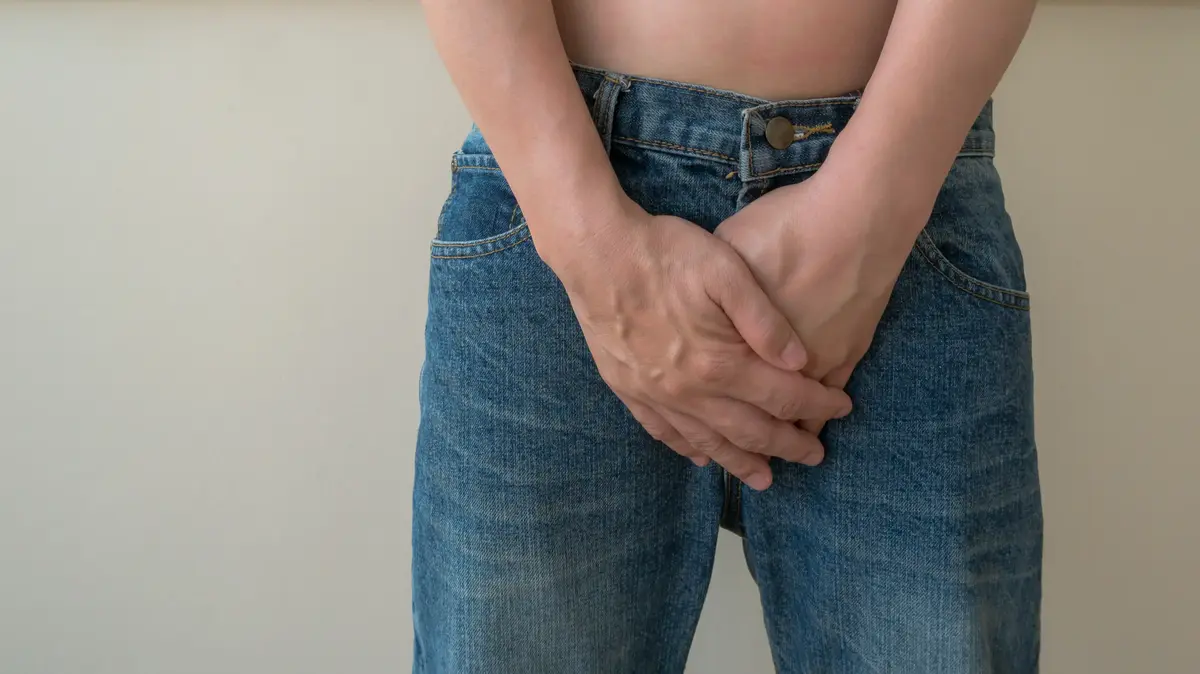Enlarge image
A worm from the
Priapulida
tribe
Photo: Bluegreen Pictures / IMAGO
Those who live defenseless on the ocean floor have to somehow protect themselves from enemies.
The hermit crab, who likes to inhabit abandoned snail shells, knows this.
And apparently some sea creatures already knew that in the geological epoch of the Cambrian - around 540 to 480 million years ago: the penis worm could have been the first hermit ever.
This is the result of a group of researchers who examined fossil material from southern China from that time.
The results have been published in the journal Current Biology.
What the hermit crab can do, the penis worm can do for a long time
There is evidence from the Jurassic period, from 180 million years ago, for the protective strategy of hiding as an animal in the shells of another animal.
At that time, the ancestors of today's hermit crabs appeared in the oceans, said paleontologist and co-author of the study Martin Smith of the New York Times.
However, this behavior may have been common hundreds of millions of years earlier when the complex ecosystems emerged.
more on the subject
EVOLUTION: Message from the coelacanth by Johann Grolle
The early hermits were priapus worms - carnivorous sea mud-dwellers known as penile worms because of their shape and color.
"They're a nice group of animals with an unfortunate name," Smith told the paper.
“They have a really strange morphology: a trunk that looks a bit like a finger and a neck that's lined with tiny teeth that turns outward.
That's disgusting."
The penis worm made its ecosystem habitable for other animals
Priapic worms may be unsightly, but they played an important role in the Cambrian seas' ecosystems: their burrows in the seabed helped oxygenate the soil and make it habitable for other living things.
When examining the fossils from deposits around 510 million years old in the Chinese province of Yunnan, the researchers found the imprints of four penis worms curled up in empty, conical bowls.
The shells in turn came from small creatures from the tribe of the molluscs, which are called hyolithids.
This group of animals became extinct at the end of the Middle Permian.
Conicidence?
Rather not
Two clues have been found that the worms in the shells are not a coincidence, Smith said: First, the shells are almost the same size as the worms - so they would have fitted well.
And secondly, the penis worms in the shells would always have aligned themselves in the same way, with the mouth facing outwards.
If they had wanted to eat the hyolithids, they would have crawled the other way round into the tubes.
So one could assume that it was a biological relationship.
more on the subject
Evolution puzzle solved: How these deep-sea creatures could conquer the oceansBy Frank Thadeusz
What makes this discovery particularly interesting in the eyes of paleontologist Smith is that it requires a certain degree of behavioral complexity to borrow a clamshell.
Although penis worms "are not known for their brains," as the New York Times quoted Smith, they probably had the sensory abilities to find clamshells that were exactly the right size.
Life in the early Cambrian Seas was apparently more complex than previously thought.
vki







